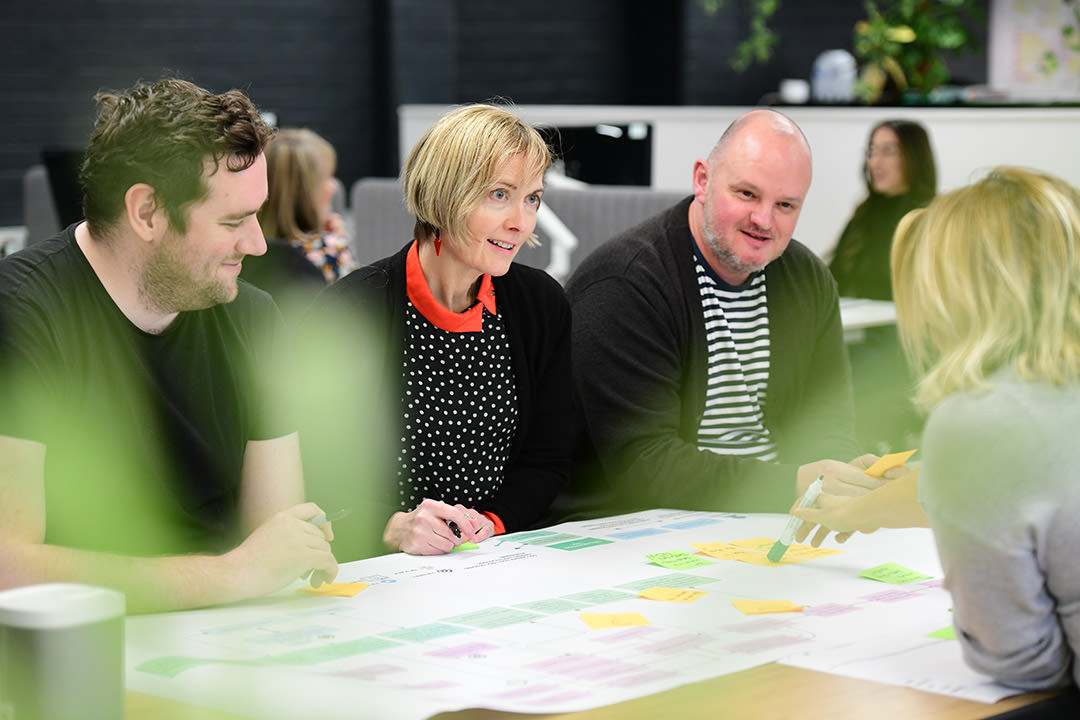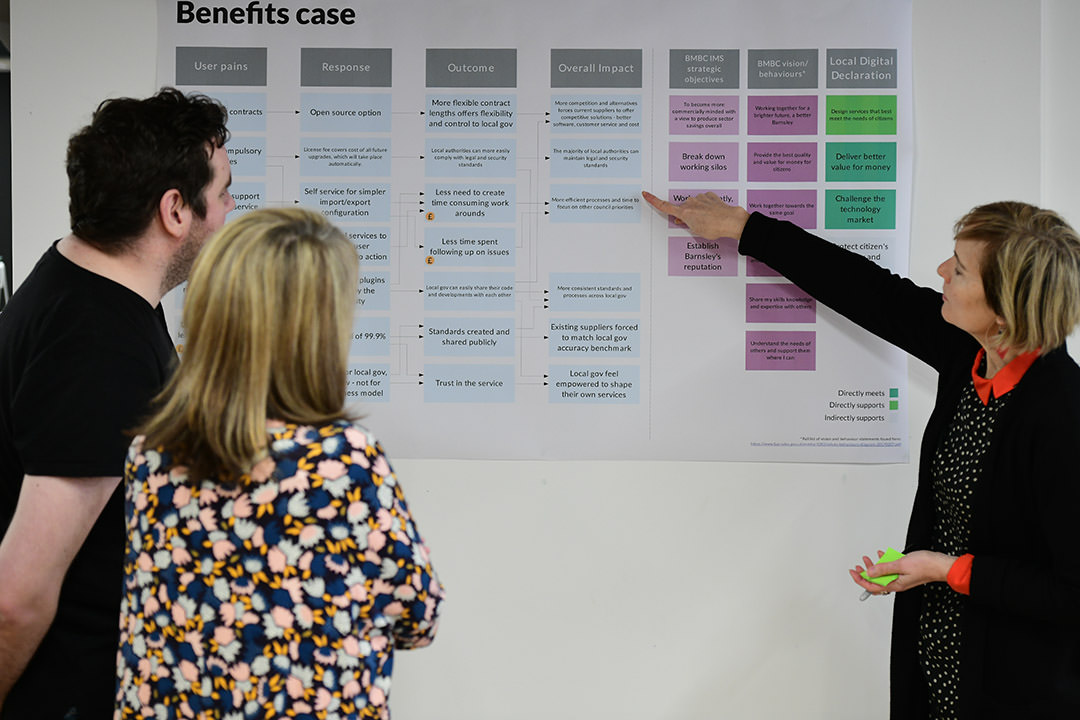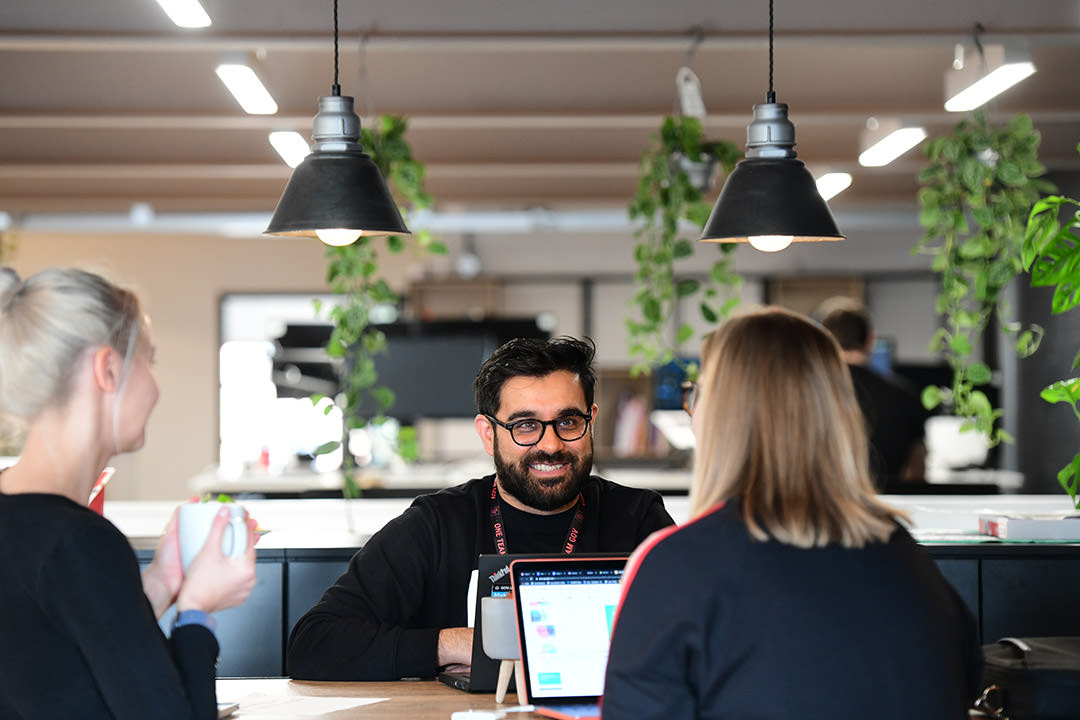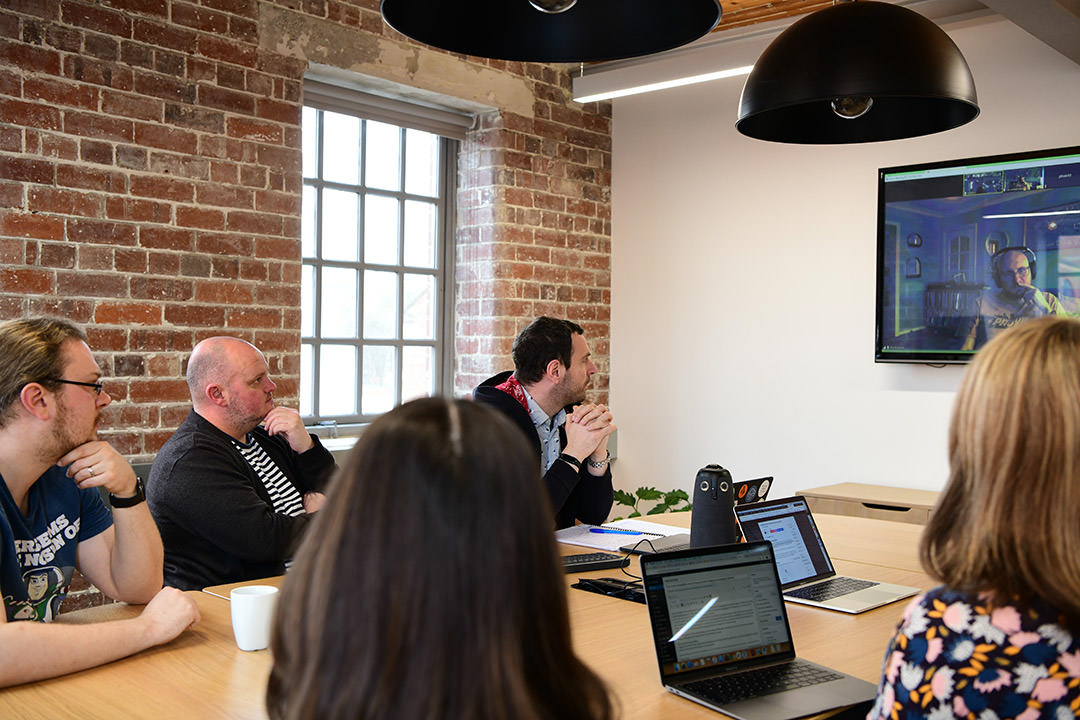Creating the best working environment for teams

Agile teams need different types of spaces to be productive
Over the years, we’ve learned what makes a productive working environment (and what doesn’t). We’ve just moved into our new home in Leeds, and are now starting the search for a new London office. So what do we look for when we’re trying to find our ideal office space?
Agile teams need different types of spaces to be productive. That’s why offices that provide many options are usually the best.
Walls
Having walls for teams to present their progress – whether printed products or task boards – allows them to work together and work in the open. This is particularly important when introducing agile working to an organisation. It’s a visible representation of a different way of working.

Open/bench desks
Working in agile teams often means pairing with people on specific tasks. It helps if people can pull up a chair next to someone else and work from a single screen or spread paper documents across desks to collaborate on.
Small private spaces
Quite a lot of user research interviews happen remotely via telephone or video call. It’s important that these calls with participants are not overheard. So, private one/two person meeting rooms are helpful. These spaces can also be used by people who want to get out of the hubbub of a busy/noisy collaborative space to concentrate for a while.
Larger meeting rooms
One of the critical meetings in the agile cycle is the retrospective, where the team look back with a critical eye on how they are doing. People need to be able to speak openly about what they could improve. Having a room (with walls for post-it notes) helps teams feel comfortable about having an honest conversation.

Open/inclusive presentation spaces
Show and tells are the main way that stakeholders find out about the progress that teams have made. Open presentation spaces help others learn about the project and encourage more engagement. Again, this is useful when an organisation is adopting agile as it reduces the mysticism around it.
Laptops + second screens
It’s standard practice for companies to provide laptops rather than desktop computers. This means agile teams can move around to sit with different people as they need to. But, having second screens that they can plug into can help when they need to pair with someone. Or, when they need more screen space to do things like writing code, working with plans/task boards, drawing diagrams, etc.
Good wifi/fast internet
Nothing will frustrate a team more than having slow or unreliable wifi. It’s very common for teams to talk using video conferencing applications. Being able to see (or share your desktop with) the person you are talking to is hugely beneficial, but does increase bandwidth dramatically.
Unencumbered internet
Teams will often agree to use online tools that haven’t been approved yet by an organisation’s IT team. Restricting access to tools like this will impact on productivity. It’s better to provide the team with an open internet connection and guidelines to assess if the tools are suitable.
Video/audio tools
As well as video conferencing on laptops, teams often communicate in groups to remote workers. Having good AV equipment such as large screen TVs, wide angle webcams and handheld microphones can make a huge difference. And the ability to record show and tell sessions means you can share them with people who weren’t able to attend.

Let the team own their space
One of the most important factors is that the team feels ownership of their workspace. Let them move furniture around, put posters up, make private spaces out of whiteboards, etc. A team is most effective when it’s comfortable.
Of course, it’s not always possible to achieve all the above. But thinking hard about how to create the most productive and welcoming space you can, will ensure your teams are able to do their very best work.